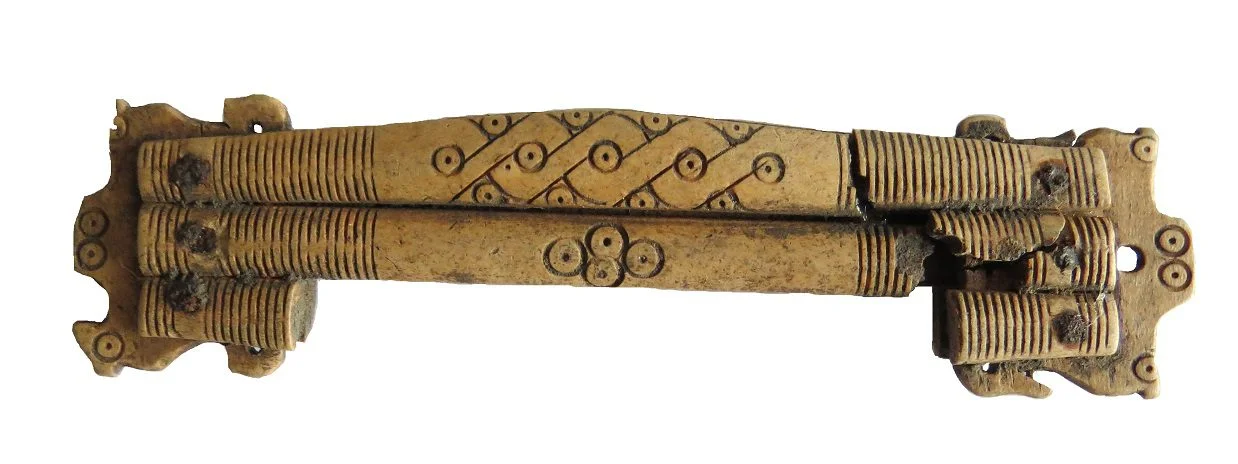Archaeologists from the Maria Curie-Skłodowska University (UMCS) have excavated another medieval treasure hoard in Zawichost-Trójcy, Poland.
After the discovery of a hoard deposit at Zawichost-Trójcy earlier this year, researchers led by Monika Bajka, and Dr Marek Florek from UMCS, returned to the site to survey areas where single coins from the 11th century had been found.
The previous study discovered a hoard consisting of 1880 Piast coins, 5 cross deniers, 1 denarius of Bolesław the Szczodre, 2 denars of Bolesław the Wrymouth, 629 denarii of Władysław the Exile (mainly type IV, with an eagle and a hare) and 615 Bolesław Kędzierzawy denarii (types I-IV).
From the new survey, two coins were found that match the first hoard, including a well-preserved denar of Władysław the Exile, in addition to a bone comb, and pieces of ceramic vessels.

Archaeologists identified the presence of a cultural layer with material dating from the Bronze Age to the modern era. The layer contained a hoard of a dozen coins that Dr Marek Florek believes was originally deposited in a container, and small fragments of silver ornaments that date from between the 10th to 11th century AD.
The coins are currently being conserved, but already the researchers have been able to identify depictions of Emperors Otto I and Otto III, Empress Adelaide of Italy, and Anglo-Saxon coins from England.
Across the entire survey, the researchers found a total of 140 coins dating from the 10th, 11th and 12th centuries AD.
Header Image Credit : Dr Marek Florek





